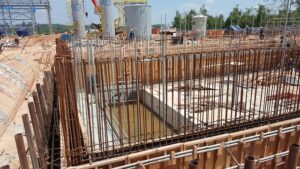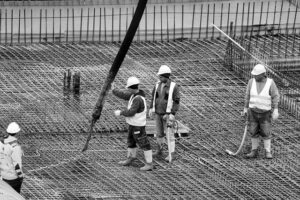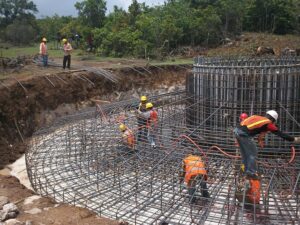A Quick Glimpse of Australia’s Underpinning Technologies
 The world knows little of Australia’s foundation underpinning technology and why it’s needed. Through this post, gives readers a closer look at the concept, to help them understand why and when underpinning measures are necessary.
The world knows little of Australia’s foundation underpinning technology and why it’s needed. Through this post, gives readers a closer look at the concept, to help them understand why and when underpinning measures are necessary.
What Exactly is Foundation Underpinning and Why Is It Important in Australia’s Construction Projects?
 Underpinning technologies are solutions that serve as remedies in strengthening the foundation of a house or building. This is accomplished by skilled experts who reinforce existing foundations by adding or injecting an expanding filler to the soil on which a structure was built. Other underpinning measures involve extending the foundation as a means of distributing the weight of the house over a larger surface area.
Underpinning technologies are solutions that serve as remedies in strengthening the foundation of a house or building. This is accomplished by skilled experts who reinforce existing foundations by adding or injecting an expanding filler to the soil on which a structure was built. Other underpinning measures involve extending the foundation as a means of distributing the weight of the house over a larger surface area.
Examples of Adverse Conditions that Make Foundation Underpinning System Necessary
In cases where and when the original foundation of a house has been affected or rendered unstable by certain elements or events, foundation underpinning becomes necessary. Mainly because changes in the soil structure naturally take place. The soil then becomes unstable and no longer strong enough to support the affected residence.
1. The land surface on which the house was built was not properly assessed for suitability. Many of Australia’s land surface composition can be affected by moisture, contractions, by damaged plumbing systems or by the expansion of large tree roots. Such factors can cause the soil to gradually sink or cave in.
2. That being the case, the occurrence of natural disasters like floods, droughts or earthquakes can cause the soil to change and become unstable.
3. In rare cases, excavations of land surfaces of nearby new construction projects can also adversely affect the stability of the soil that has been receiving the weight of an existing residence.
4. When a building is renovated to increase capacity, such as adding another storey, nderpinning of the existing foundations is definitely necessary.
Different Types of Underpinning Systems in Australia
 There are mentions of different underpinning technologies such as chemical grout injections, grout block installations, or using a plasticizer called Microfine Cement. Yet these are specific underpinning techniques used by ground specialists in strengthening the soil used as building or house foundation.
There are mentions of different underpinning technologies such as chemical grout injections, grout block installations, or using a plasticizer called Microfine Cement. Yet these are specific underpinning techniques used by ground specialists in strengthening the soil used as building or house foundation.
Australian engineers, architects, construction workers and suppliers had come to an agreement that there are 3 types of underpinning systems, namely: Mass Concrete, Beam and Base and Mini Pile Underpinning.
Mass Concrete Underpinning is a system used in soil conditions that require shallow underpinning or strengthening.
Beam and Base is an underpinning system that installs a mass concrete base and supporting beams, either above or beneath the foundation. The purpose is to allow the even distribution of the foundation weight across the installed mass concrete base.
Mini-piled System involves the construction of high-strength mini steel casings or threaded bars to serve as deep foundation support. The mini piles reach down below ground level so that the piles can anchor the foundation to a more stable land surface.

